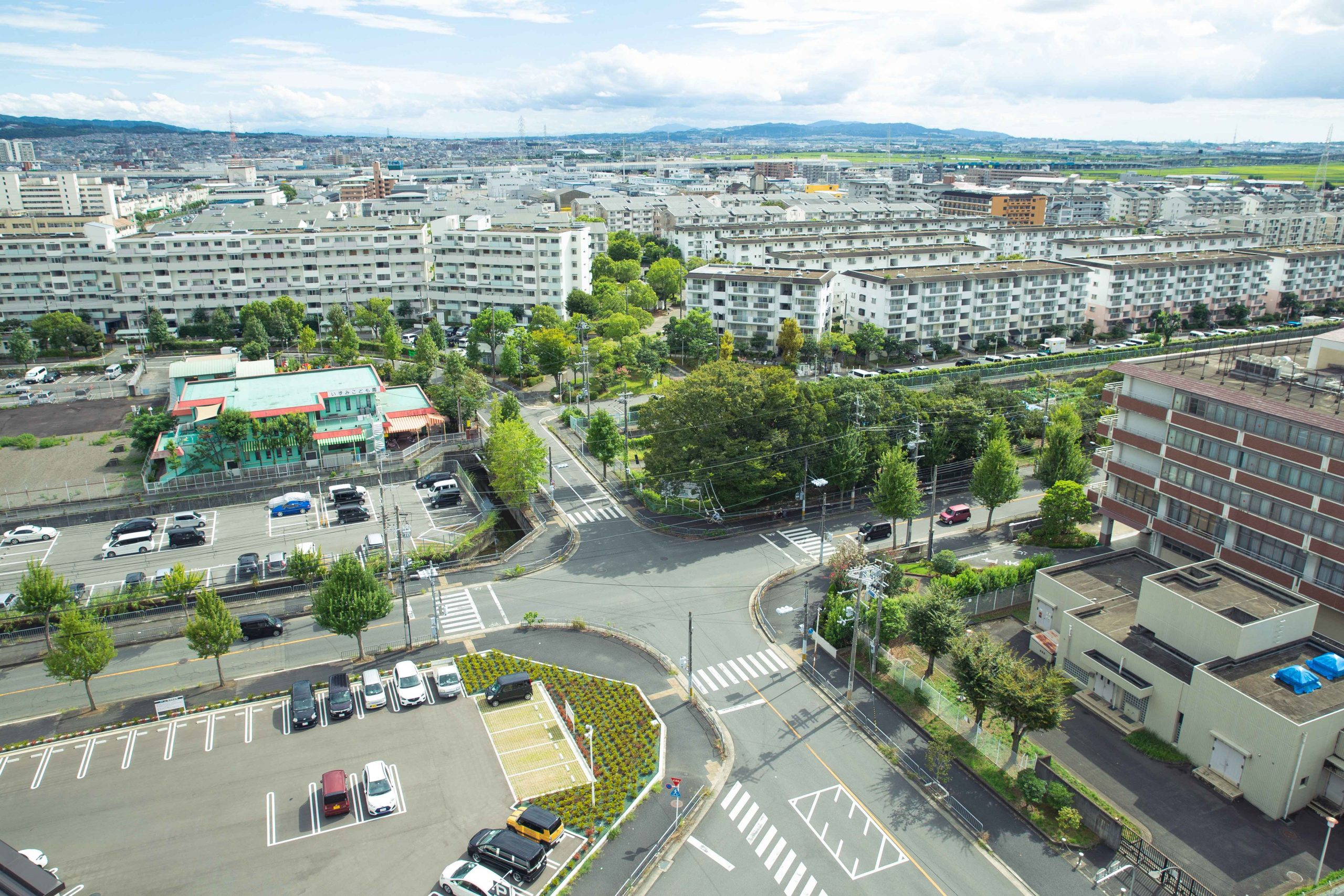In recent years, urban areas have been growing at an unprecedented rate, leading to several environmental challenges such as air pollution, water scarcity, waste management, and climate change. As a result, there is an urgent need for cities to adopt sustainable practices and implement eco-friendly measures to mitigate the impact of urbanization on the environment. This article will explore the concept of green cities, their benefits, and the strategies used to create them.
1. Introduction
Urbanization has been a significant trend in recent decades, with more than half of the world’s population living in cities. However, this growth comes at a significant cost to the environment, with urban areas being responsible for 70% of global carbon emissions. Cities need to adopt sustainable practices and implement eco-friendly measures to reduce their environmental impact and create a more sustainable future. Green cities are a promising approach to achieve this goal.
2. What are Green Cities?
Green cities are urban spaces designed to minimize the environmental impact of urbanization by prioritizing sustainability and eco-friendliness. The concept involves the integration of sustainable practices in various aspects of urban living, including transportation, energy use, waste management, and food systems. Green cities aim to promote a better quality of life for residents while minimizing their impact on the environment.
3. Benefits of Green Cities
Environmental Benefits
Green cities have numerous environmental benefits, including:
- Reduced carbon emissions
- Improved air and water quality
- Increased biodiversity
- Reduced urban heat island effect
- Mitigation of natural disasters
Economic Benefits
Green cities can also have significant economic benefits, such as:
- Increased property values
- Job creation in sustainable industries
- Reduced energy and water costs
- Increased tourism and recreation opportunities
Social Benefits
Green cities can improve the quality of life for residents in several ways, including:
- Improved health and wellbeing
- Increased social cohesion
- Access to green spaces and nature
- Reduced noise pollution
4. Strategies for Creating Green Cities
Several strategies can be used to create green cities, including:
Sustainable Transportation
Promoting sustainable transportation options such as walking, cycling, and public transportation can significantly reduce carbon emissions and improve air quality. Cities can also encourage the use of electric vehicles and introduce bike lanes and pedestrian-friendly infrastructure.
Energy-Efficient Buildings
Green buildings are designed to reduce energy consumption and promote renewable energy sources. These buildings incorporate features such as efficient insulation, energy-efficient appliances, and solar panels.
Green Spaces
Green spaces, such as parks and gardens, can provide numerous environmental and social benefits, such as improving air quality, reducing the urban heat island effect, and promoting physical activity and mental wellbeing.
Waste Management
Effective waste management strategies such as recycling, composting, and waste reduction can significantly reduce the amount of waste sent to landfills, minimize pollution, and conserve resources.
water management practices
Water management practices, such as rainwater harvesting, greywater reuse, and water-efficient irrigation systems, can help conserve water resources and reduce the strain on urban water supplies.
Sustainable Food Systems
Promoting sustainable food systems, such as urban agriculture and farmers’ markets, can provide numerous environmental and social benefits, such as reducing food waste, promoting healthy eating habits, and improving access to fresh, locally-grown produce.
Climate Change Mitigation and Adaptation
Cities can also implement climate change mitigation and adaptation strategies, such as reducing carbon emissions, promoting green infrastructure, and preparing for natural disasters.
5. Challenges in Implementing Green Cities
Despite the benefits of green cities, there are several challenges in implementing sustainable practices in urban areas, including:
Lack of Political Will
Political will and leadership are essential to implementing sustainable practices in urban areas. However, many politicians and decision-makers prioritize short-term economic gains over long-term sustainability.
Financial Constraints
Implementing sustainable practices often requires significant financial investments, which can be challenging for cities with limited resources.
Limited Public Awareness
Many residents may be unaware of the benefits of sustainable practices or lack the motivation to adopt them.
6. Successful Green City Case Studies
Several cities around the world have successfully implemented sustainable practices and created green urban spaces. Here are three examples:
Copenhagen, Denmark
Copenhagen is a leader in sustainable transportation, with over 60% of its residents cycling or using public transportation. The city has also implemented green infrastructure such as green roofs and rain gardens to reduce the urban heat island effect and promote biodiversity.
Curitiba, Brazil
Curitiba is known for its innovative waste management system, which involves collecting organic waste and using it to produce compost for urban gardens. The city has also implemented an extensive network of public transportation and green spaces.
Vancouver, Canada
Vancouver has prioritized green building design and has implemented strict energy efficiency standards for new buildings. The city has also implemented a green transportation plan and has numerous green spaces and urban farms.
7. Conclusion
Green cities are essential for creating a sustainable and eco-friendly future for urban areas. By prioritizing sustainability and implementing eco-friendly practices, cities can reduce their environmental impact, improve the quality of life for residents, and promote economic growth. However, implementing sustainable practices in urban areas requires political will, financial investments, and public awareness. Cities can learn from successful green city case studies and work towards creating a more sustainable future.





